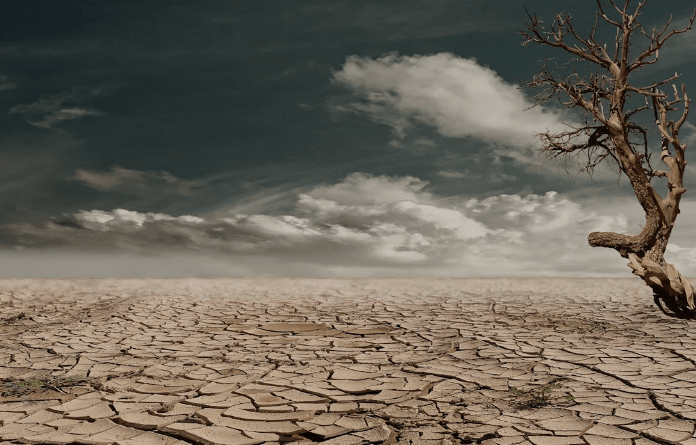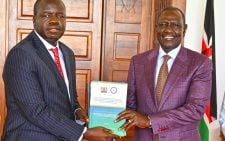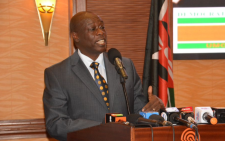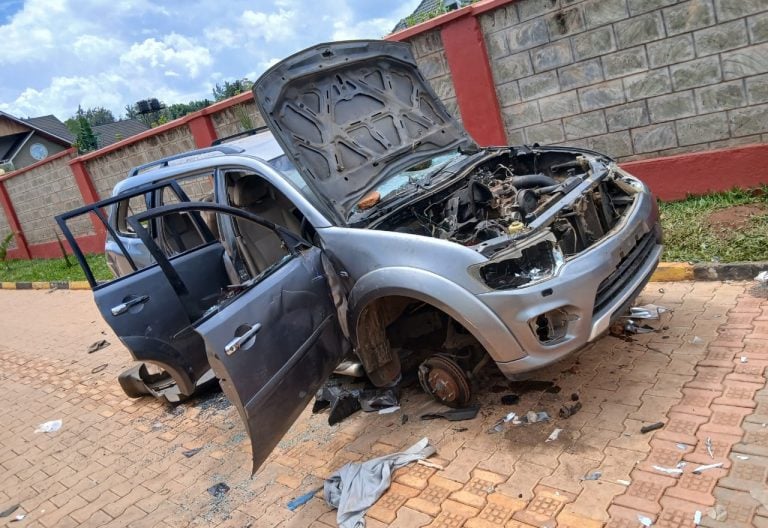3.1m Kenyans face starvation as drought worsens in seven counties
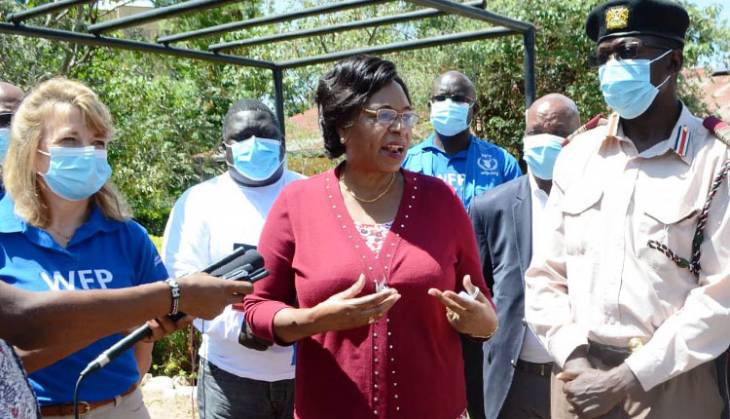
Over 3.1 million Kenyans are facing starvation as a result of the biting drought.
Speaking yesterday, Public Service, Youth and Gender Affairs Cabinet Secretary Prof Margaret Kobia said the drought situation has affected 28 counties in the Arid and Semi-Arid Lands.
Marsabit is the worst hit followed by Baringo, Isiolo, Mandera, Turkana, Wajir and Kilifi counties.
The situation is deteriorating in Makueni, Taita Taveta and Tana River, while the situation is stabilising in Embu, Kajiado and Narok.
Meru and Tharaka Nithi are in the alert stage, while the situation is improving in Kitui and Kwale counties.
“ If there is something that is giving President Uhuru Kenyatta sleepless nights, it is the drought situation we are witnessing in the country. Though as a government we have tried to address the situation, we are appealing to more partners to come on board. It will be very sad to see others die while you have plenty in your store,”said Kobia, who spoke while flagging off food donations worth Sh100 million to 20,000 households.
She said so far, the government has spent Sh1.2 billion on food aid and cash transfers for 380,000 people. Safaricom chief executive Peter Ndegwa said there was a need by the government to come up with more innovative ways of addressing the situation. Ndegwa said though food aid was necessary, long-term and sustainable ways would have been better. “ It is high time as a country we shifted from an emergency approach to a community development approach,” said Ndegwa.
At the same time, Kobia faulted the Meteorological department for what she termed as not giving forecasts accurately.
Kobia said the inaccurate forecasts have in most cases misled Kenyans, especially those who expected there would be rains in the month of April.
Last month, the Kenya Meteorological Department was accused of providing inaccurate weather forecast information to help people make important decisions.
In a report, the Auditor General said the department must replace the manual technology it is currently using with digital technology.
“It was not clear how the department captures data for the affected parameters for the station’s reporting area,” the report by Nancy Gathugu states. Further, the audit revealed that the department relies on old manual systems for weather reporting.
